| Thursday, November 16, 2023 | |
Materials Innovations |
|
| 14:30 | Welcome Remarks by Session Chair |
| 14:35 | Topic Coming Soon |
Michael Jörger, Head of Business Line Power Electronic Materials, Heraeus Electronics Topic Coming Soon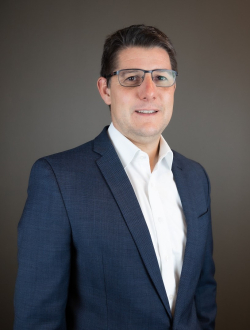
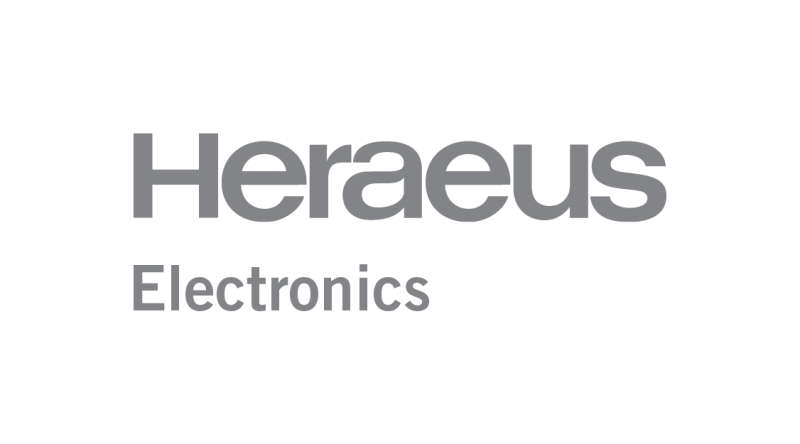 Abstract Biography |
|
| 14:55 | Designing Atomic Level Process Chemistries. The Role of Atomistic Simulation in Developing Sustainable Deposition and Etch Processes. |
Michael Nolan, Head of Group Materials Modelling for Devices, Tyndall National Institute Designing Atomic Level Process Chemistries. The Role of Atomistic Simulation in Developing Sustainable Deposition and Etch Processes.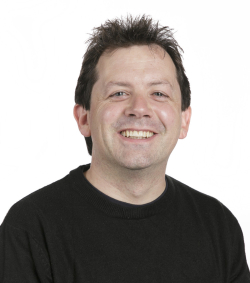
Abstract Biography |
|
| 15:15 | Epitaxial Growth of SiGe/Si Multi-Layers for Advanced Logic Devices |
Rami Khazaka, Principal Technologist and Epitaxy Program Manager, ASM Epitaxial Growth of SiGe/Si Multi-Layers for Advanced Logic Devices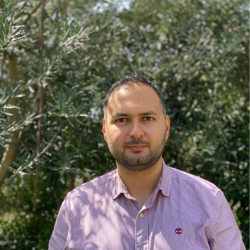
 Abstract Biography |
|
| 15:35 | Carbon Nanotube Membranes for EUV Photolithography– a Versatile Material Platform |
Emma Salmi, Carbon Nanotechnology Engineer, Canatu Carbon Nanotube Membranes for EUV Photolithography– a Versatile Material Platform Abstract Biography |
|
| 15:55 | 2D Materials for Future Microelectronic Devices |
Lucie Le Van-Jodin, Project leader, CEA/Leti 2D Materials for Future Microelectronic Devices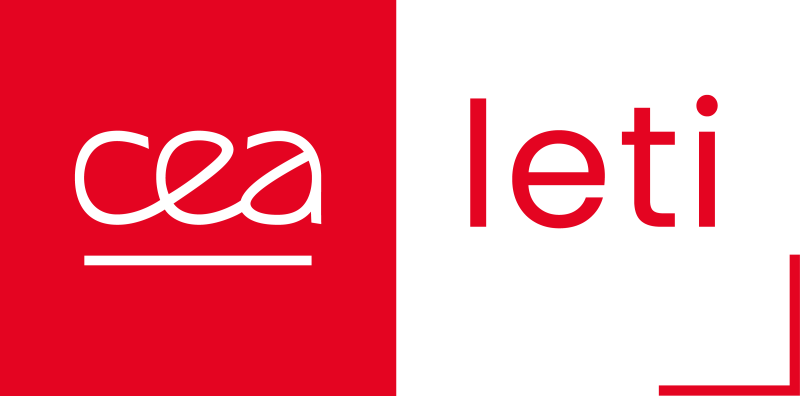 Abstract Biography |
|
| 16:15 | Reserved |
| 16:35 | Key Takeaways by Session Chair |